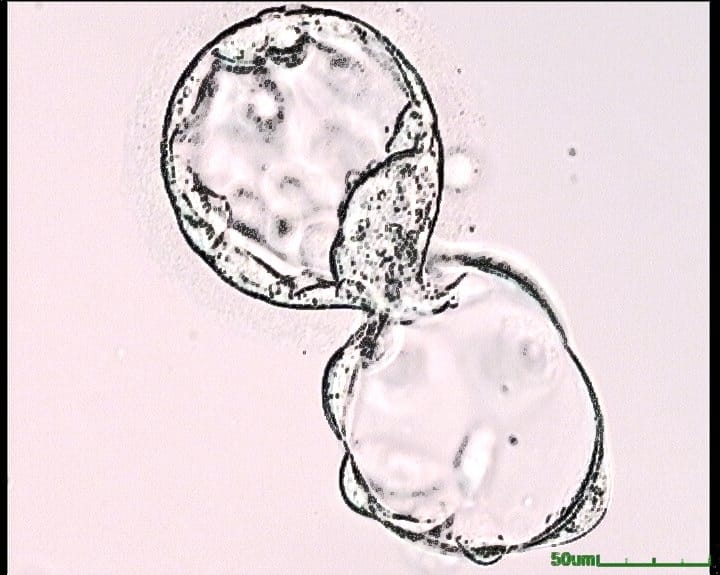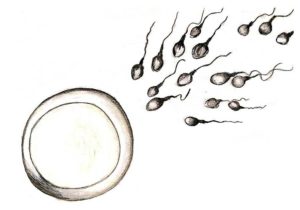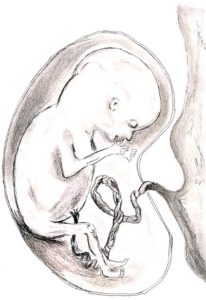Under normal circumstances, ejaculation occurs as the semen is ejected through the urethra. The urethra has another branch that leads away from the bladder, via which urine is ejected. During semen ejaculation, If the muscle that blocks the way to the bladder malfunctions, the semen travels backward into the bladder. This is known as retrograde ejaculation.
Diagnosis
Following retrograde ejaculation, the size of the sample is either dramatically smaller or completely dry, with no sperm. The condition can be diagnosed by examining a urine sample given immediately following ejaculation. If the sample contains sperm cells, it is a positive indicator that the patient has retrograde ejaculation.
Causes
Retrograde ejaculation can come as a result of surgery complications damaging the bladder muscles or the nerves that control them. It can also be a result of nerve damage that results from a medical condition such as multiple sclerosis. There are also several medications that include retrograde ejaculation amongst their potential side effects, including drugs for depression and psychosis.
Retrograde Ejaculation & Infertility
Retrograde ejaculation does not affect a man’s ability to orgasm and have an erection. However, since the sperm is released into the bladder instead of into the uterus, it can cause infertility.
Treatment for retrograde ejaculation interfering with fertility will be dependent on its cause. If it resulted from a particular medication, then one’s doctor can prescribe an alternate drug without this side effect. There are also treatments that can improve the strength of the muscle which would usually prevent the semen’s entrance to the bladder.
If whatever caused the damage is severe and the retrograde ejaculation cannot be remedied, then sperm can be collected from a post-ejaculation urine sample and used for artificial insemination.




